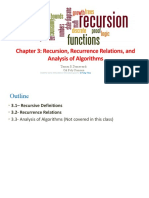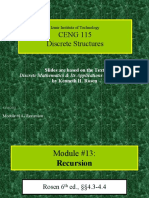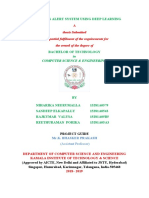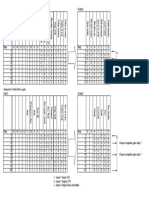0% found this document useful (0 votes)
37 views33 pagesDiscrete Math-Recursion
The document provides an overview of recursion, defining it as the practice of defining objects in terms of themselves or parts of themselves. It includes examples of recursively defined functions, such as factorial and Fibonacci series, as well as recursive algorithms and their efficiency. Additionally, it discusses the structural induction method for proving properties of recursively defined objects.
Uploaded by
munshijubair7Copyright
© © All Rights Reserved
We take content rights seriously. If you suspect this is your content, claim it here.
Available Formats
Download as PPT, PDF, TXT or read online on Scribd
0% found this document useful (0 votes)
37 views33 pagesDiscrete Math-Recursion
The document provides an overview of recursion, defining it as the practice of defining objects in terms of themselves or parts of themselves. It includes examples of recursively defined functions, such as factorial and Fibonacci series, as well as recursive algorithms and their efficiency. Additionally, it discusses the structural induction method for proving properties of recursively defined objects.
Uploaded by
munshijubair7Copyright
© © All Rights Reserved
We take content rights seriously. If you suspect this is your content, claim it here.
Available Formats
Download as PPT, PDF, TXT or read online on Scribd
/ 33








































































































